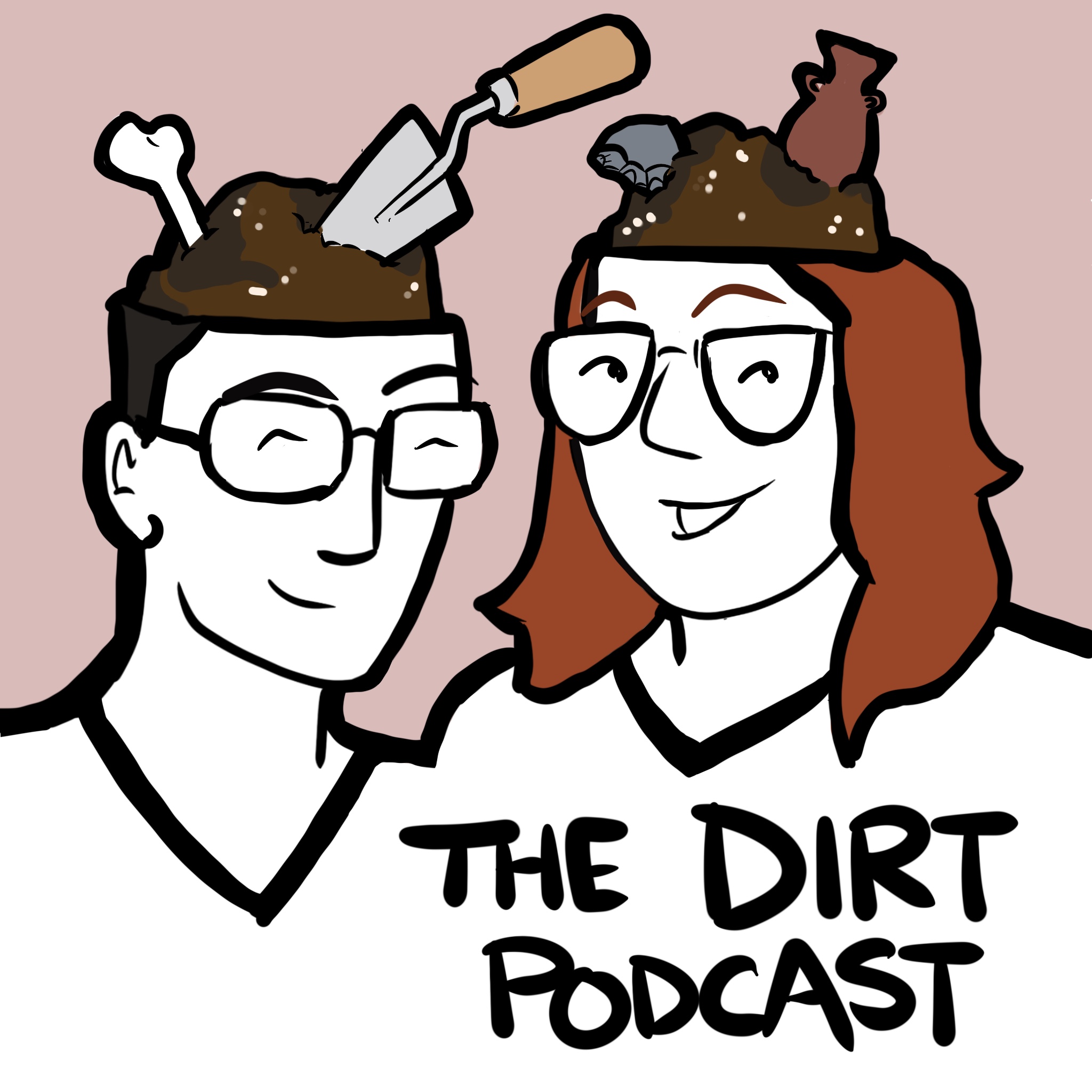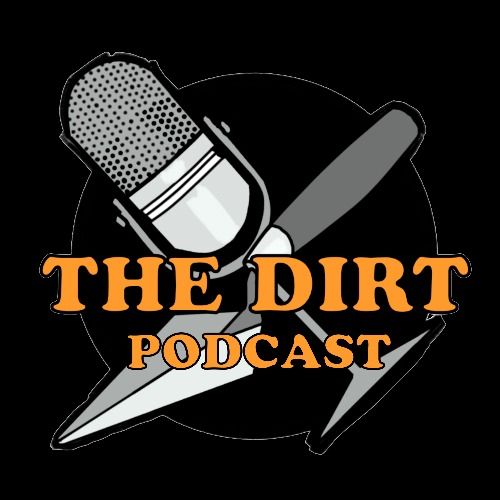full
MINISODE - The World's Oldest Story
This week, Anna has some big questions about the Pleiades, a group of bright, beautiful stars also known as the Seven Sisters. The myth of seven sisters that were turned into stars is remarkably consistent across multiple cultures. Also, it's always seven sisters, even though you can really only make out six with the naked eye. So what's going on? IS IT ALIENS?? No, of course not. It's much more interesting than that. Tune in to learn just how long humans have been telling each other stories under the stars.
Resources for this episode:
The Founding of the Seven Sisters (Vassar Encyclopedia)
Pleiades (Wikipedia)
How Many Pleiades Can YOU See? (Sky & Telescope)
Marra Wonga: Archaeological and contemporary First Nations interpretations of one of central Queensland’s largest rock art sites (Australian Archaeology)
Why are there Seven Sisters? (Advancing Cultural Astronomy)
The world's oldest story? Astronomers say global myths about 'seven sisters' stars may reach back 100,000 years (The Conversation)
Story Of The "Seven Sisters" Unfolds Across Enormous Ancient Australian Rock Art Site (IFLScience)

